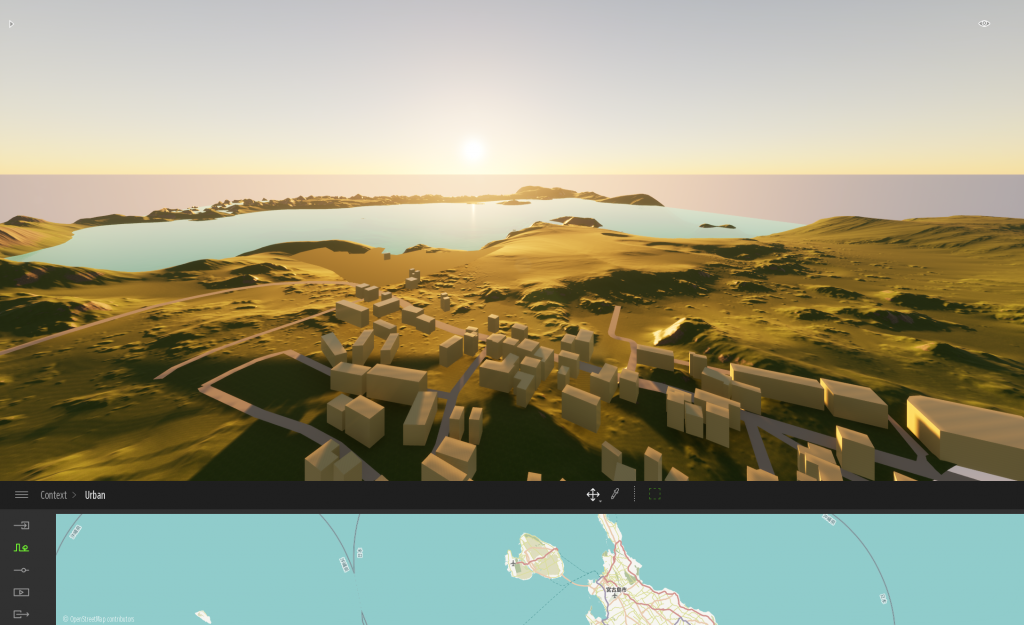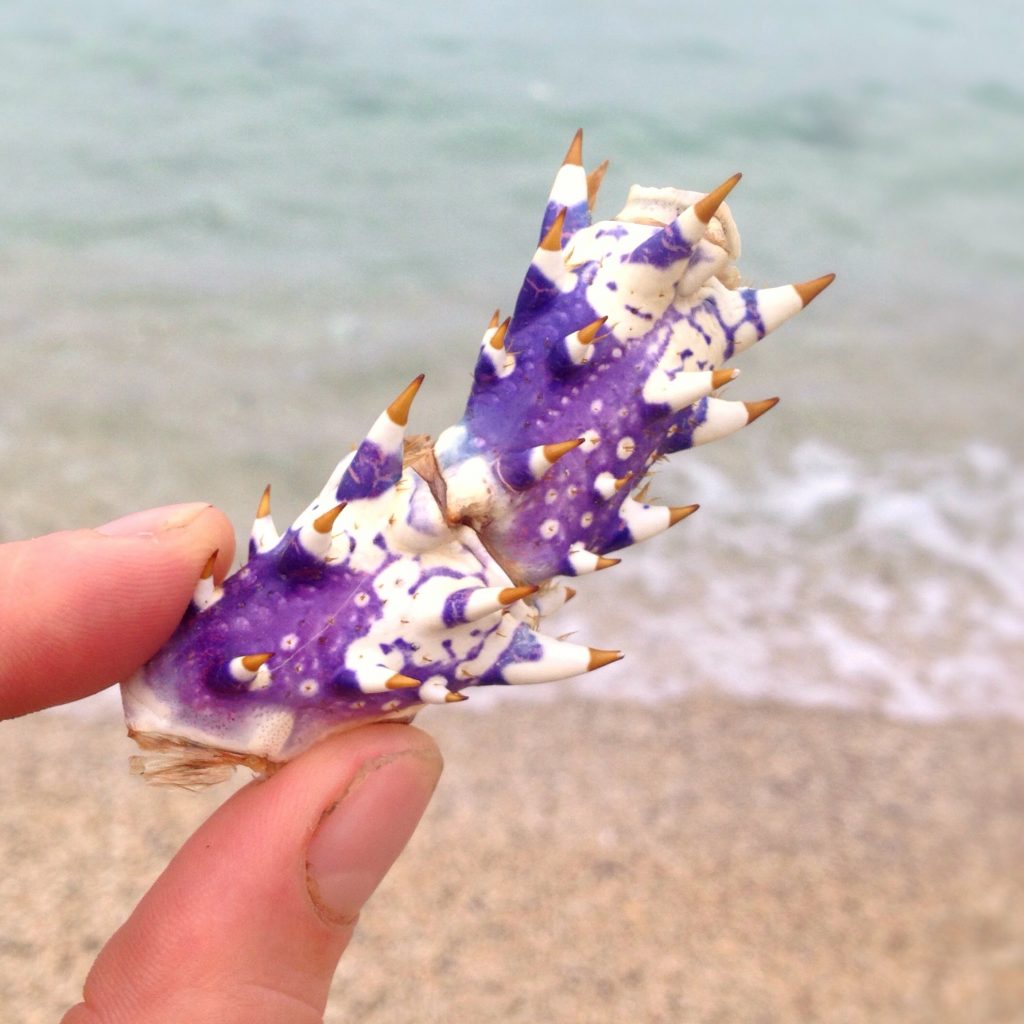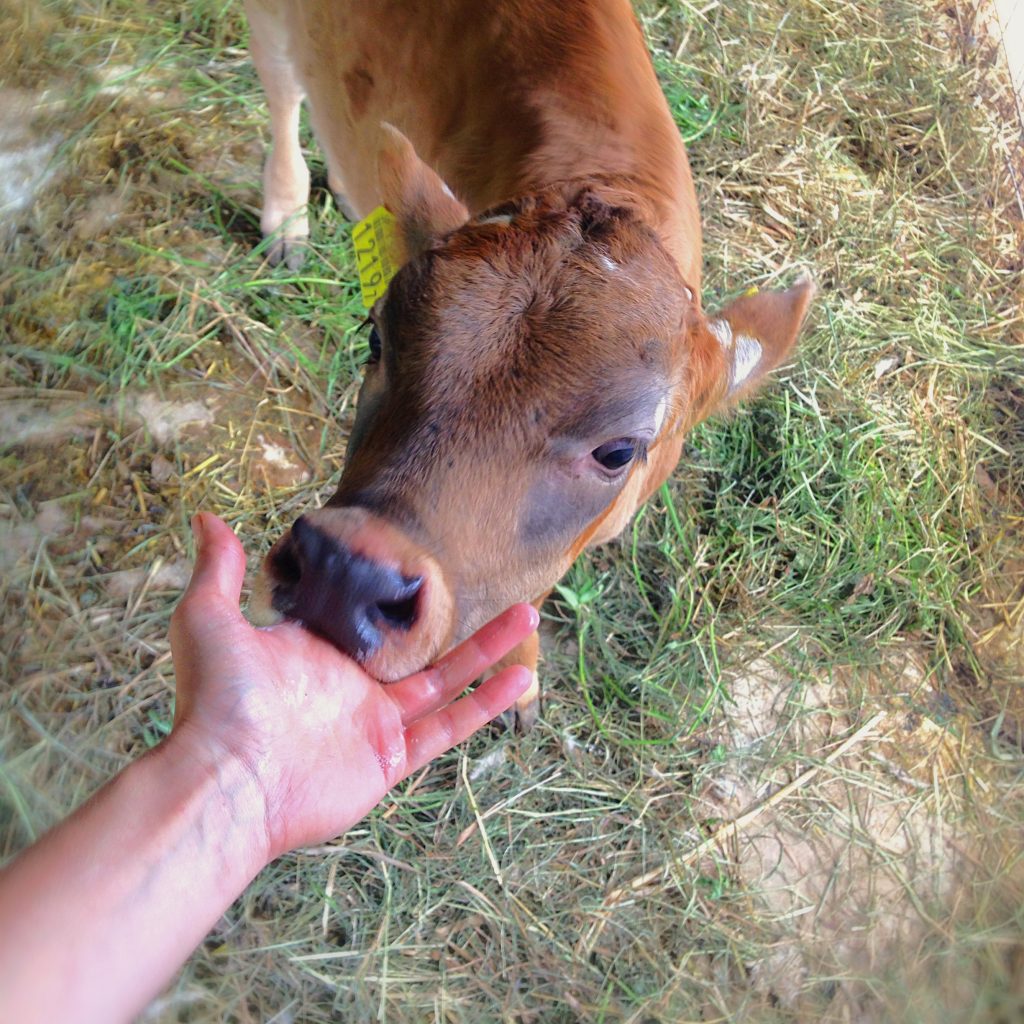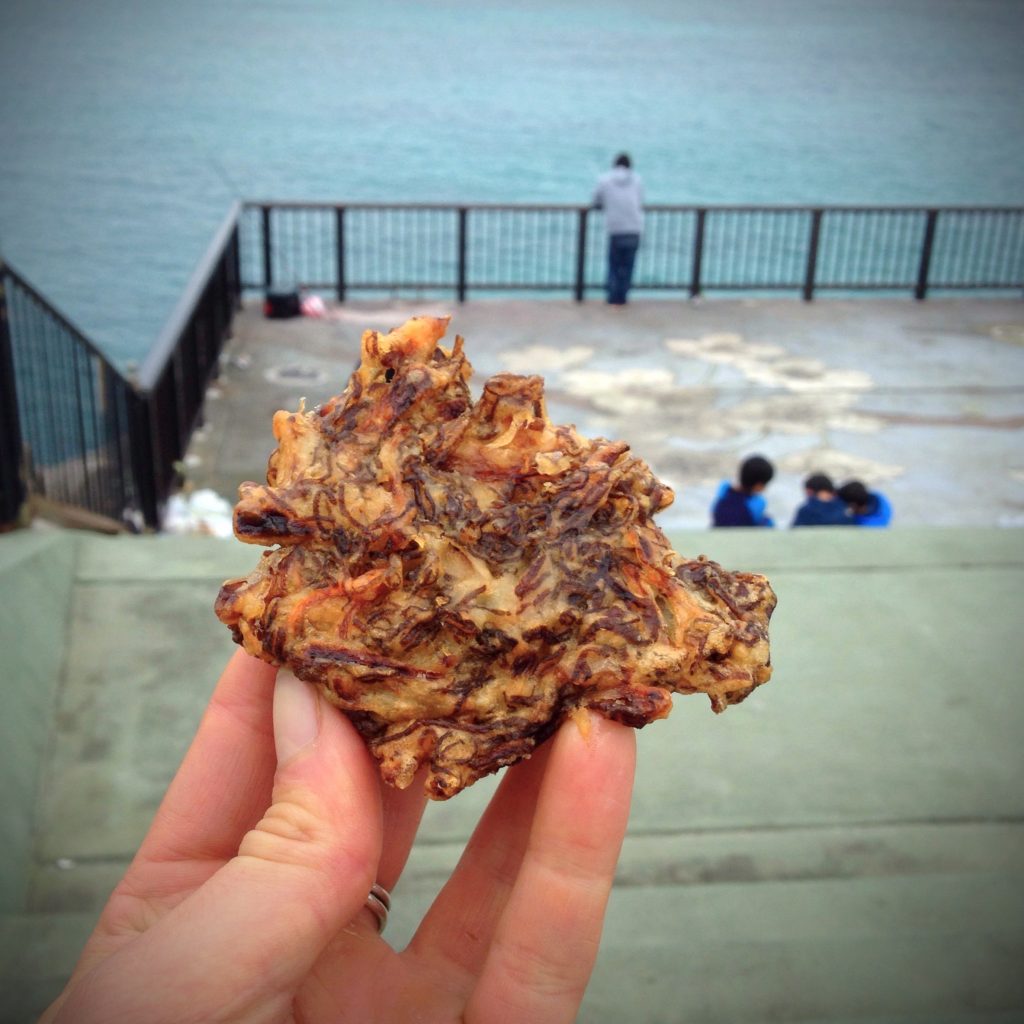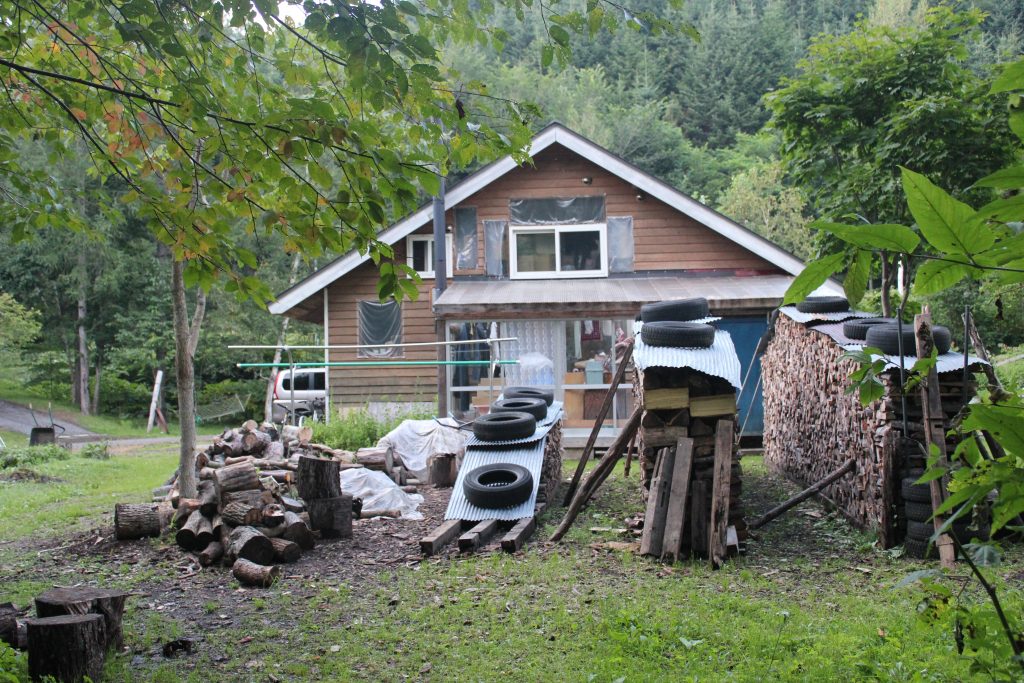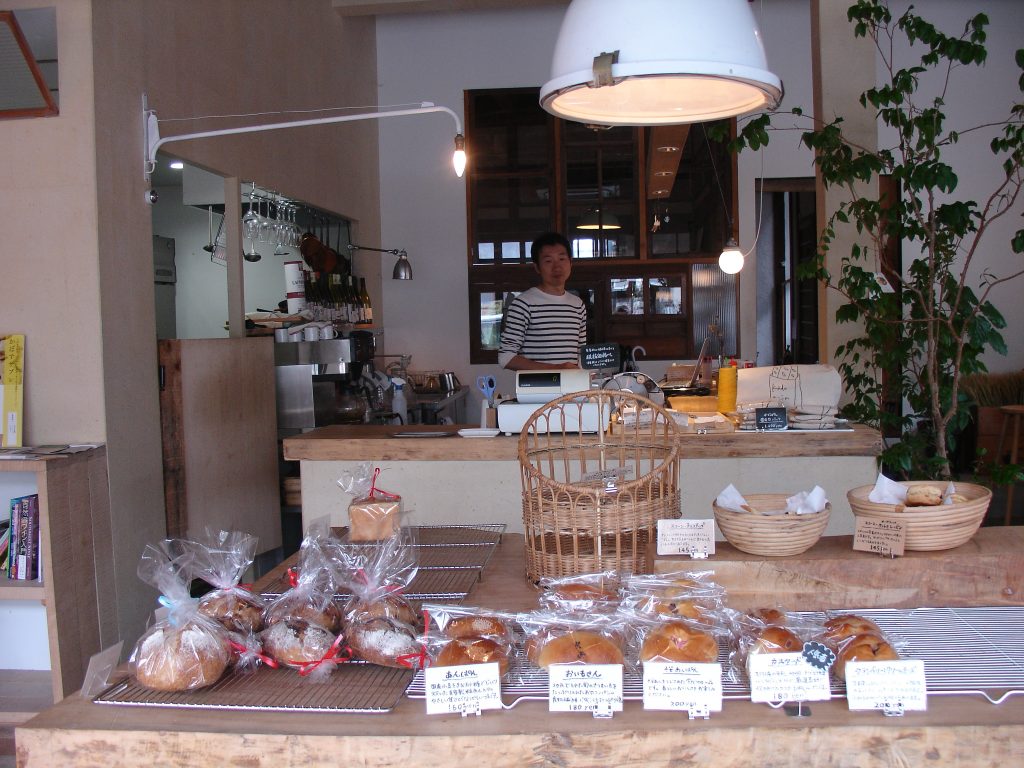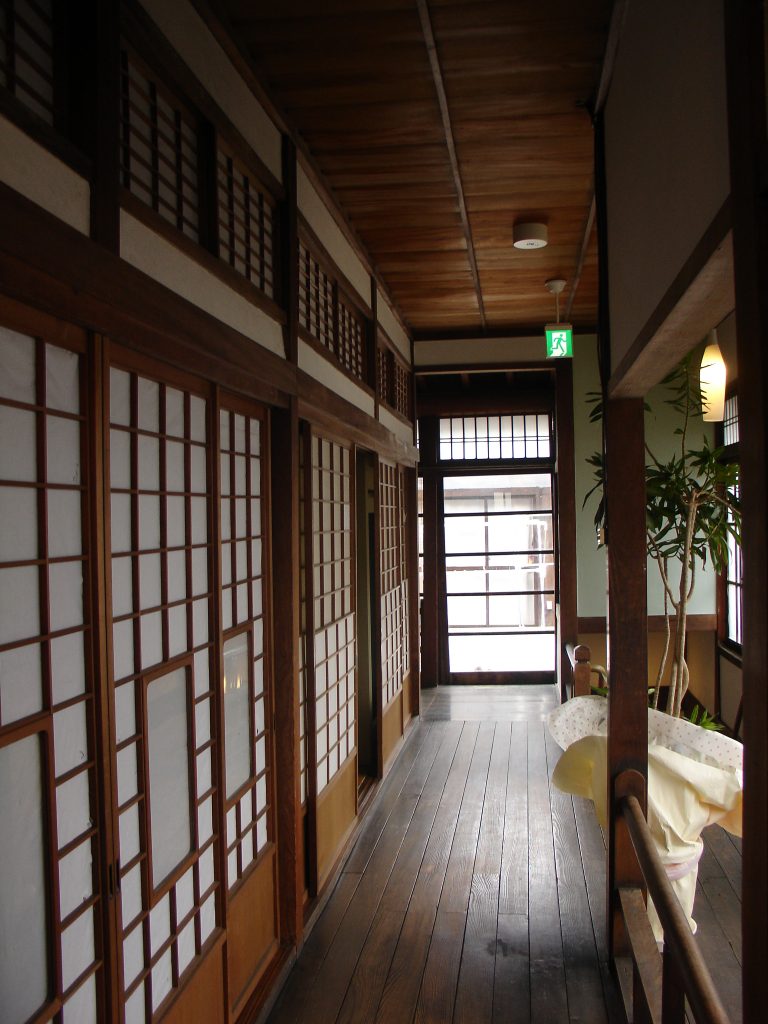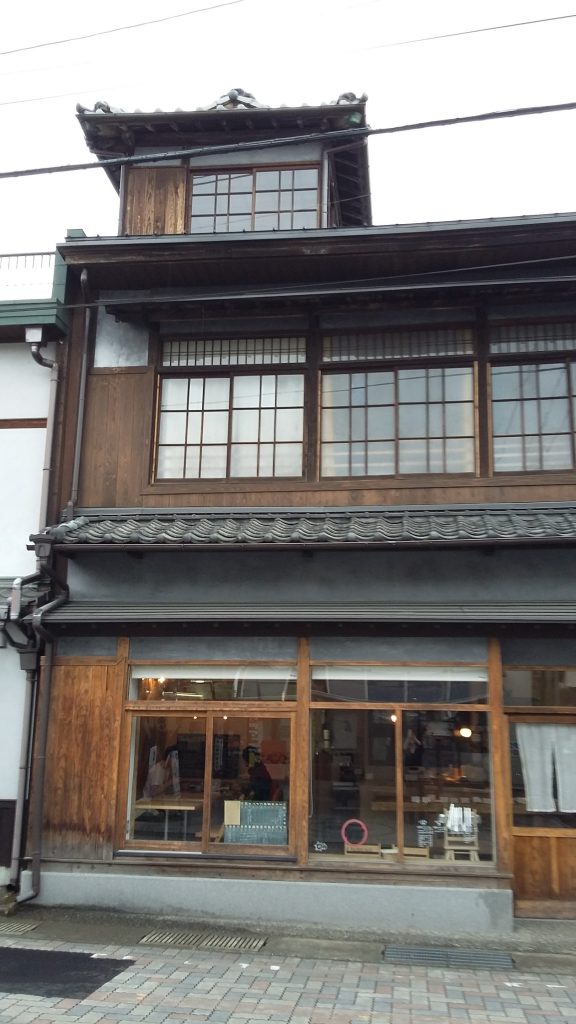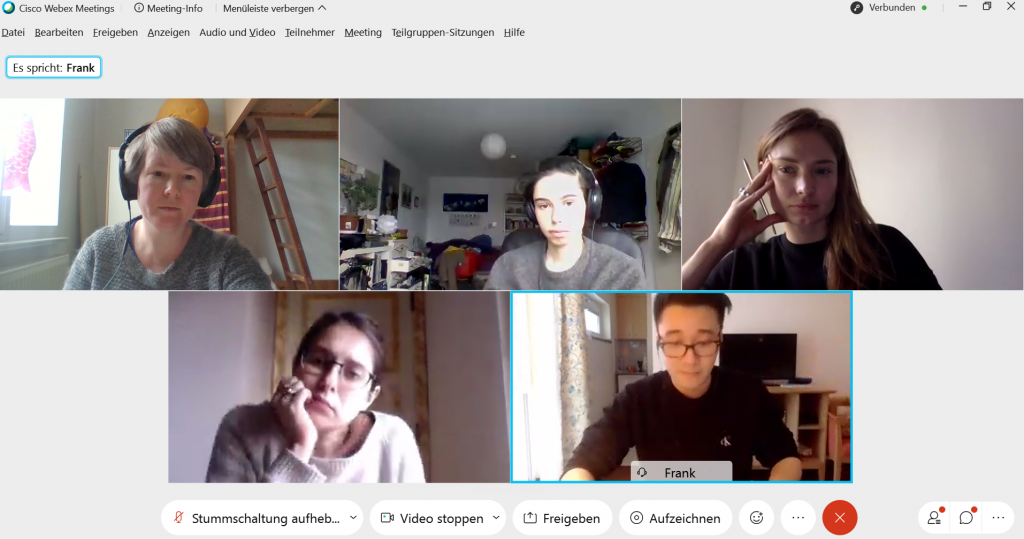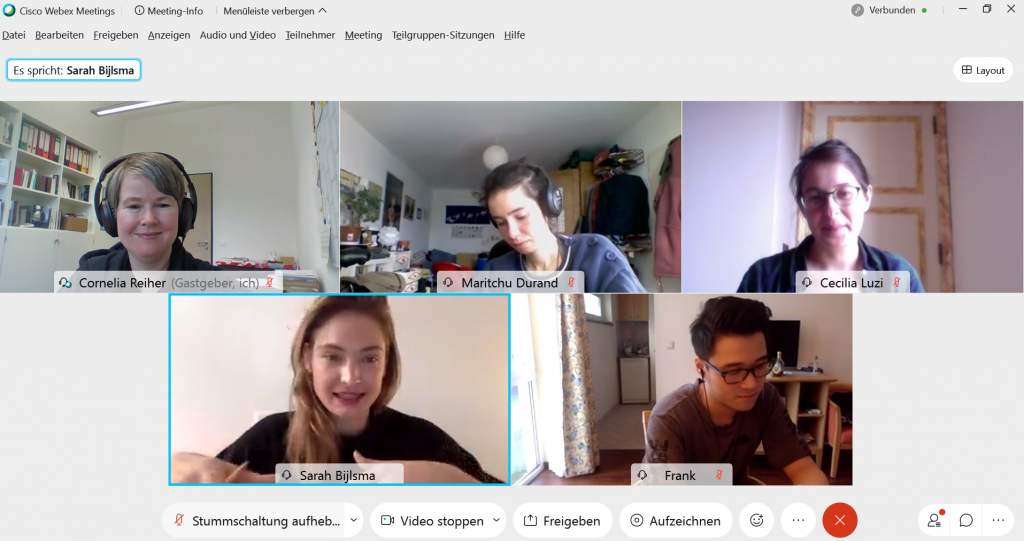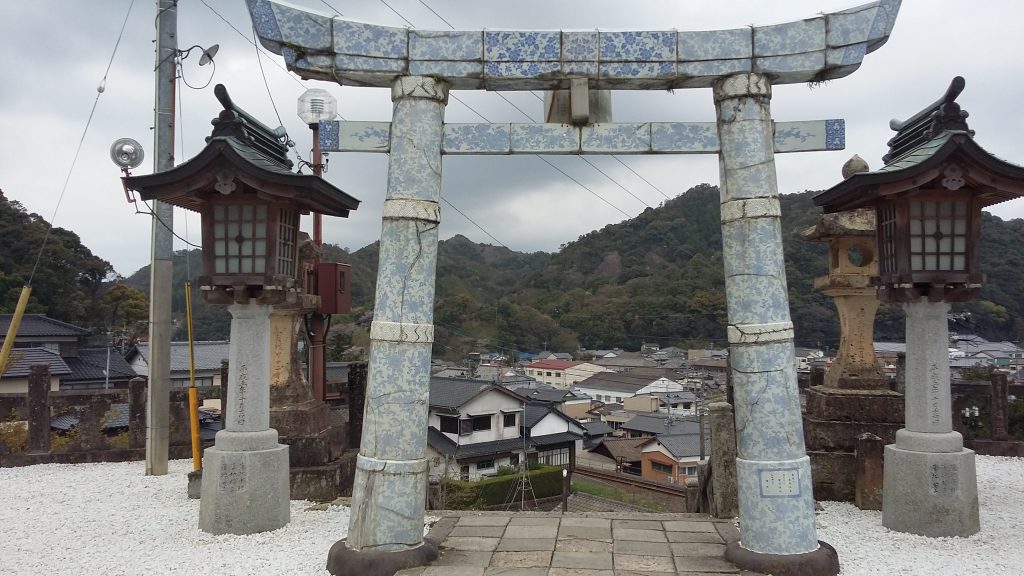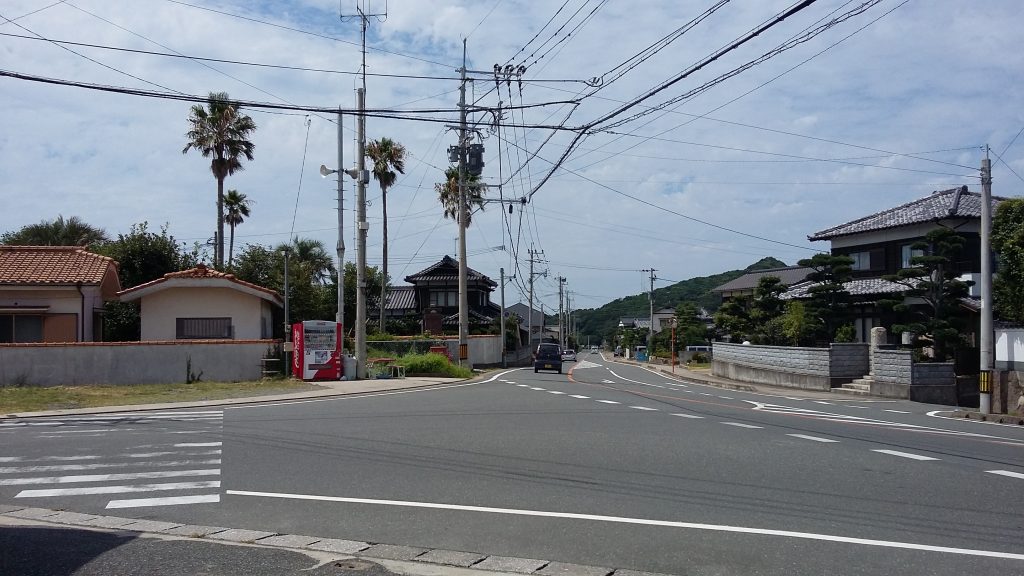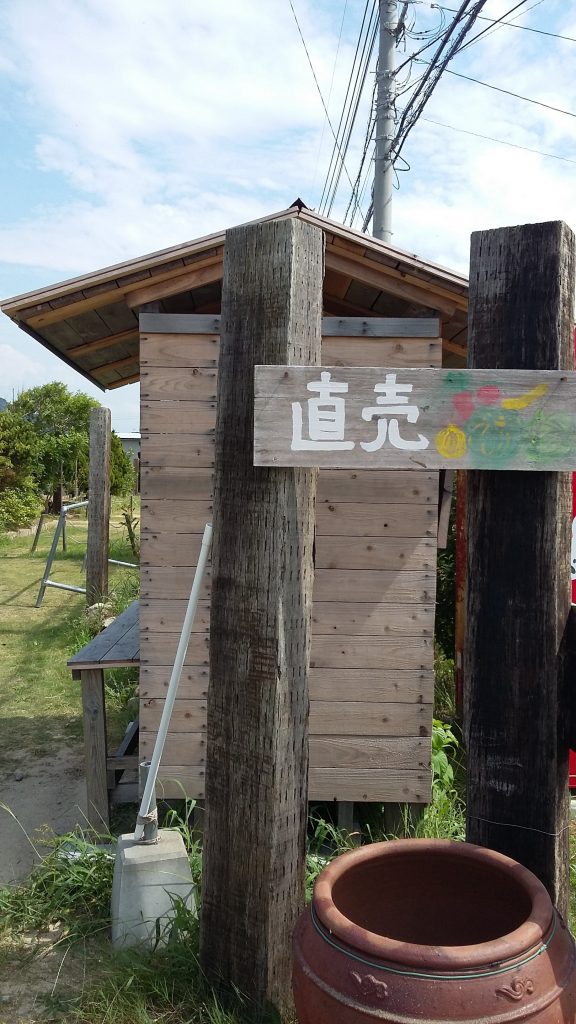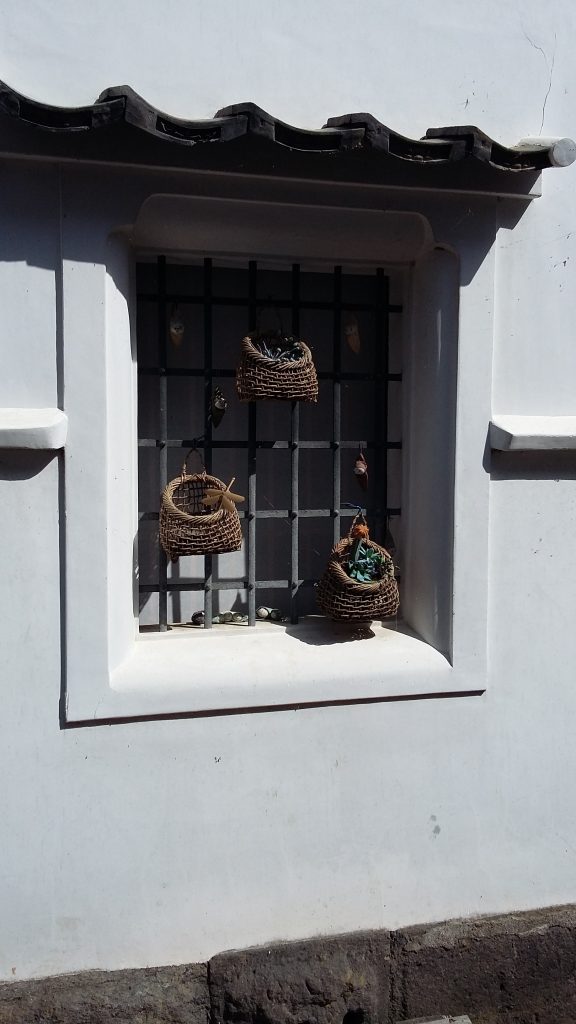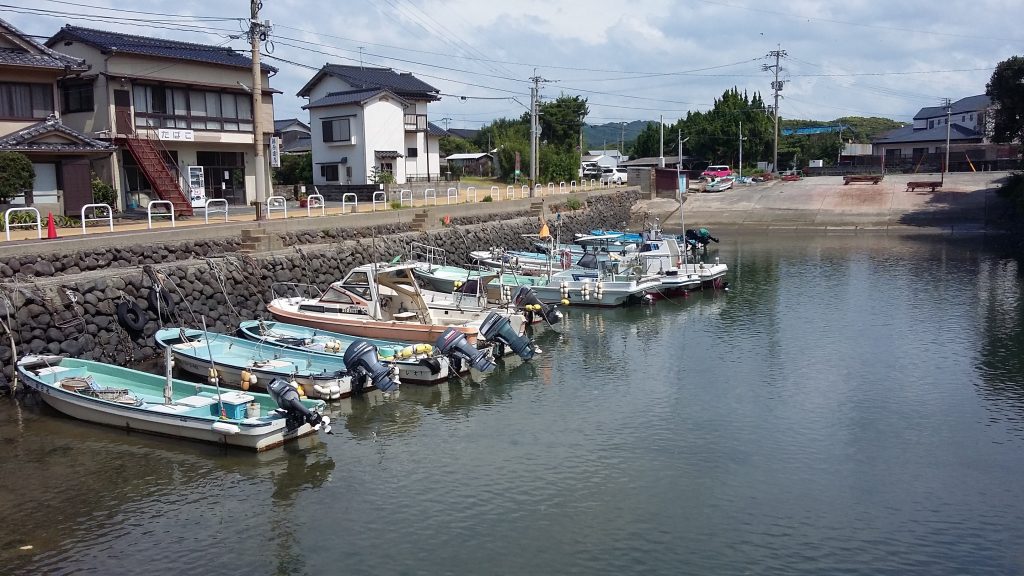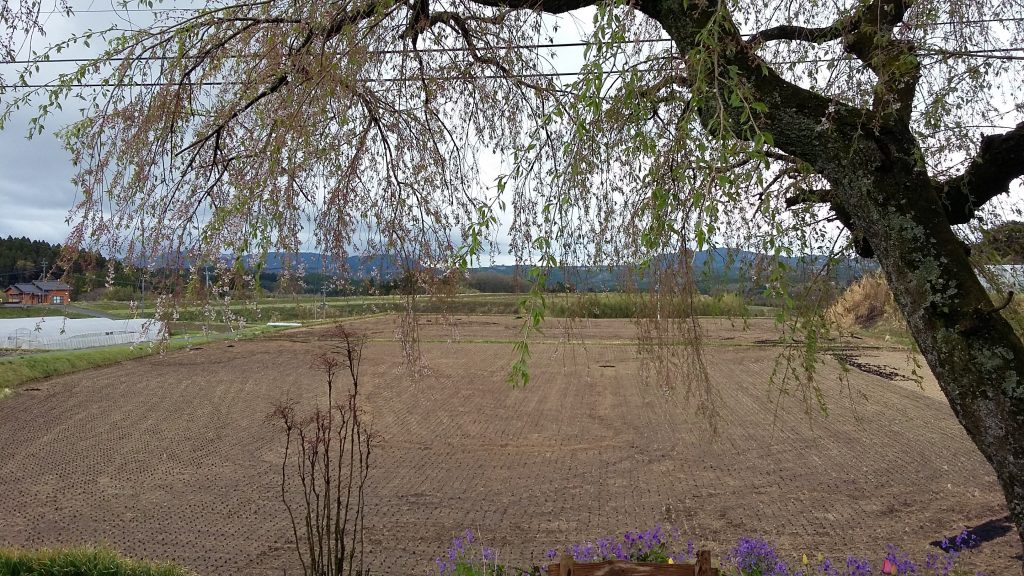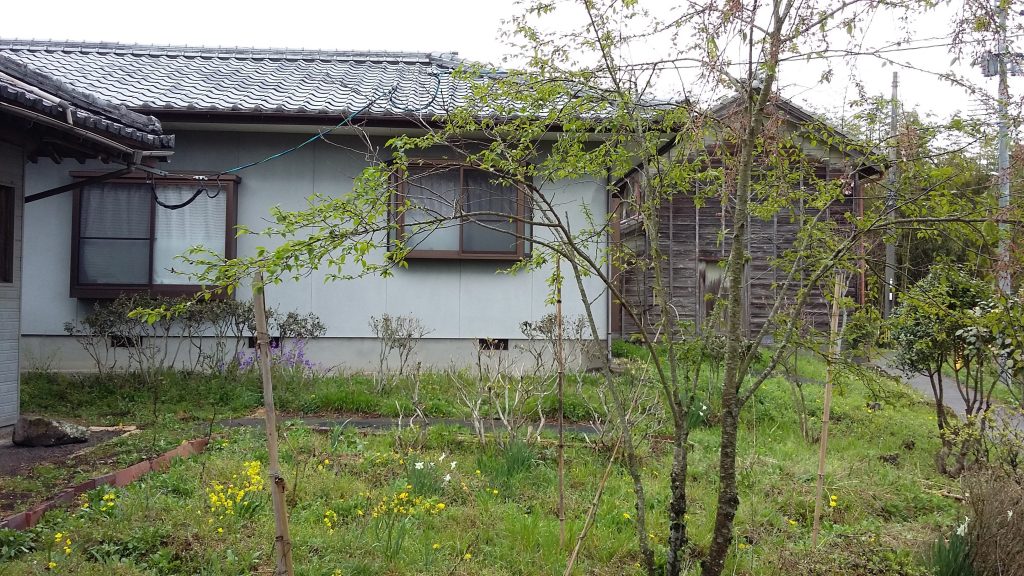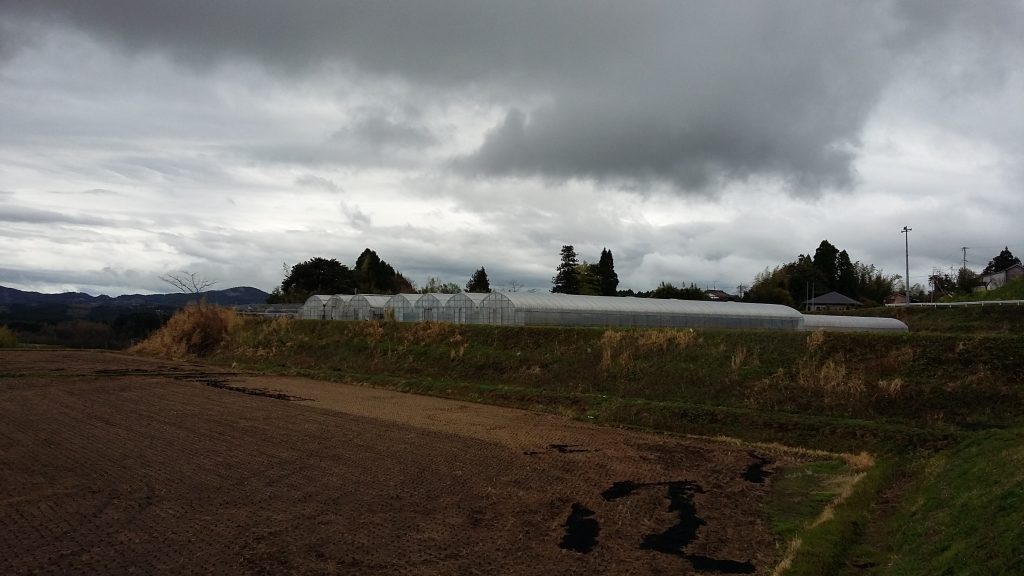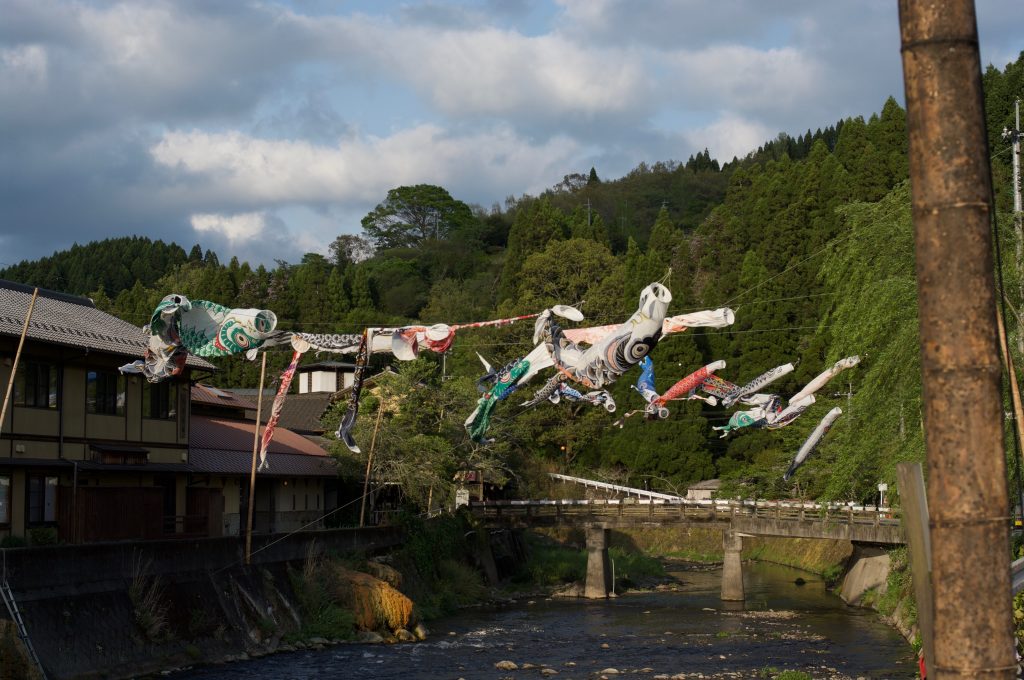by Sarah Bijlsma
These days, I like to explore the beaches of Miyako Island, a remote island of Okinawa prefecture. I especially like the south-east side of the island; from the Higashi Hennazaki Cape, you can see the sea at both of your sides. There is a white lighthouse at the very end of it. Its straight silhouette rises above the green grass and other vegetation that grows beside the concrete path. A bit earlier, there is an outpost with some tables and planters with tropical sago palms that seem somewhat out of place. The text “wonderful sport island” adorns from the wall – a leftover from the All Japan Triathlon. I can imagine the cape is a well-known tourist attraction, yet, moving towards the end of the road, I only come across two other people. The man and woman wear casual long-sleeves and I guess that they are middle-aged, despite the fact that their faces are blurred. When I arrive at the lighthouse, the sun is already starting to set. The weather is not too great today; at the horizon, there are some slight orange tints coming from behind the dark blue clouds. The sea is equally dark and grey. Looking at the white foam below me, I can imagine how the waves rhythmically break on the rocks. I wonder how many people have walked this digital road before me, visiting Miyako-jima via their screens plugged in at places all over the world.
Copyright © Sarah Bijlsma 2019
I was supposed to be physically on Miyako right now, conducting fieldwork for my dissertation. Covid-19 is keeping me in Germany. It took me a while to give up the hope to bypass the Japanese border system and to accept that I would spend the winter at my dinner table in Berlin. It also took some time to accept that if I did not want to run out of time, I had to start planning things differently, rethink my objectives and research questions, and rewrite my initial research design.
Changing plans meant first and foremost changing my research methodologies. Studying human-environment relationships within the community of Japanese emigrants to Miyako Island, my project heavily draws upon participant observation. Rather than explaining me their thoughts, I was hoping to understand how my future interlocutors create performative and conceptual relationships with the territory and inhabitant species of Miyako-jima. As so many anthropologists this year, I turned towards “digital ethnography” as an alternative for being physically present. In my case, I started reading weblogs of young migrants who in recent years moved to the small island from one of the urban centers of Japan. I was initially hesitant to use social media as data source – is discourse analysis edgy enough, am I not compromising myself too much? Yet, looking back on the past few months, the inability to travel has proven to be both a restrictive and a productive force that added to my research in meaningful ways.
One. I learned that human-nature relationships are not bound to the world of flesh and fur but exist also very much in cyberspace. Two. I learned that media representations of places feed into the way how people make sense of their new environments, crossing timescapes when combining previous expectations with future dreams. Three. I learned that the sea of Miyako is not blue, but “emerald green” and that its properties can be transmitted via so-called healing videos. Four. I learned that digital diaries contain much hidden messages, and that also writing is a performative act that materializes links between people, nature, and place. Five. I learned that even during the most unexpected events – what the Corona pandemic certainly is – that one can always find creative ways to tell the stories that matter.
Last weekend, the Olympic Games Committee made the final decision that foreign visitors are not welcome this summer. I know that this means that I might not make it into Japan this year. Pursuing a PhD amidst so much uncertainty is not easy, and in this regard, Covid-19 is for many of us an exercise in flexibility above all. Yet, as I get to know Miyako-jima and its inhabitants better, rethinking the relation between material and virtual (is)landscapes, I do believe this exercise is a valuable one. I have a long list of things I still want to find out, and the entire digital world as a playground.
